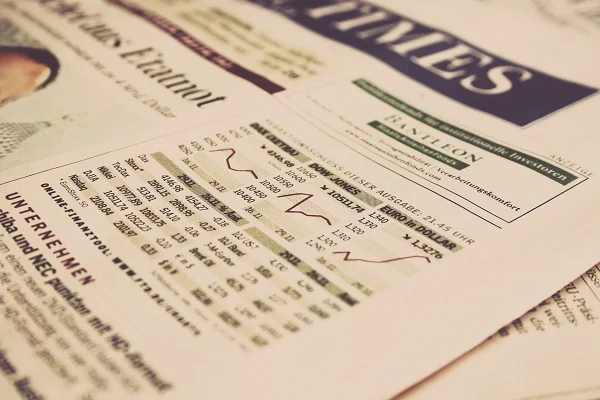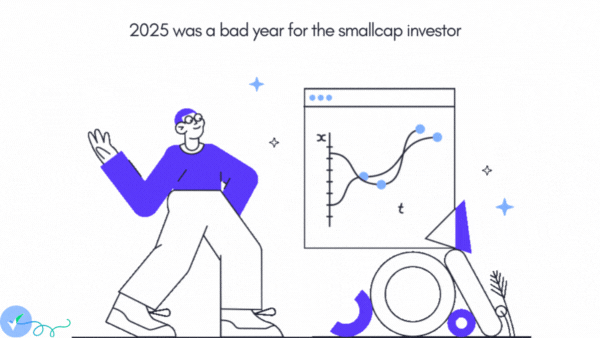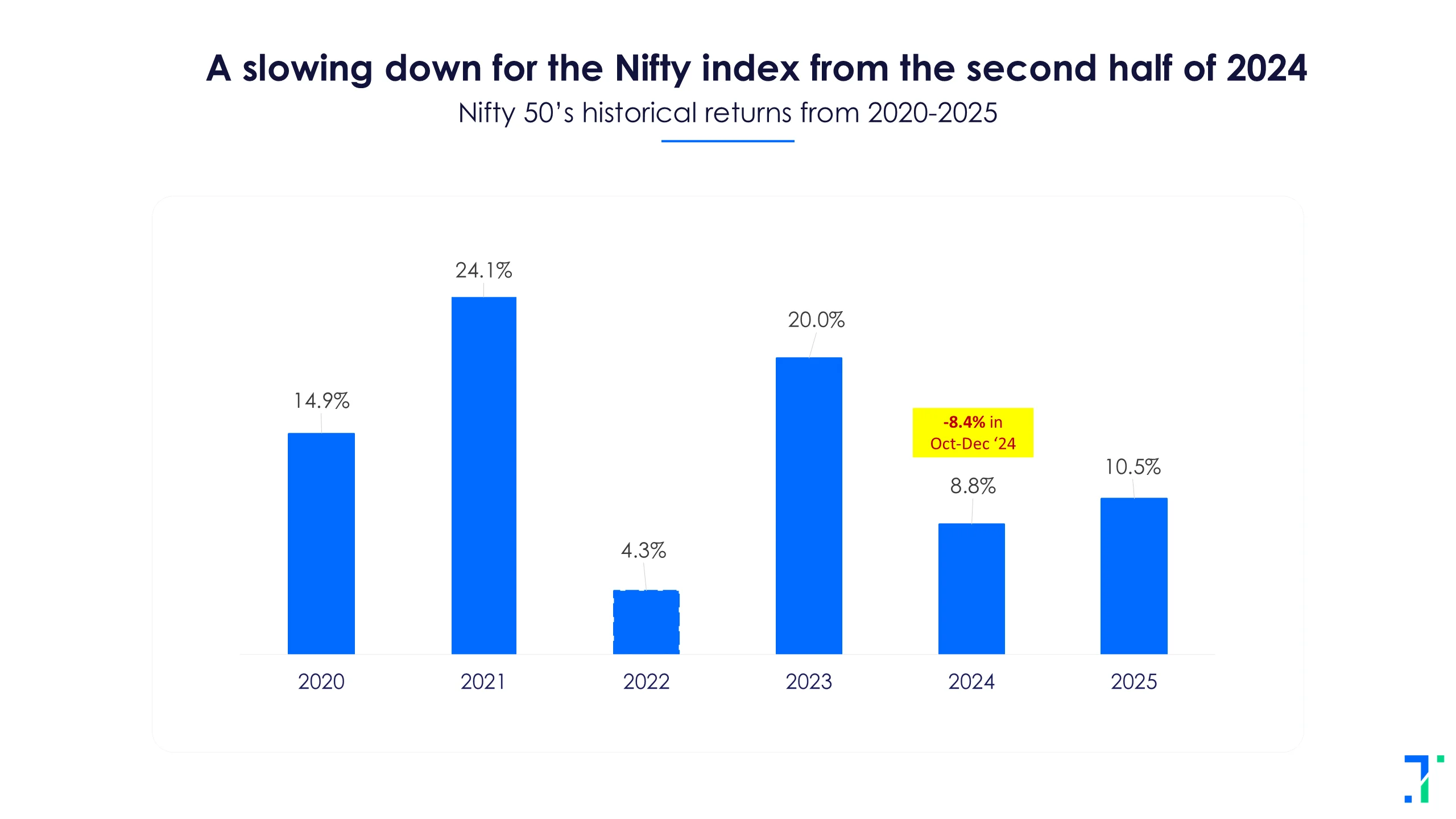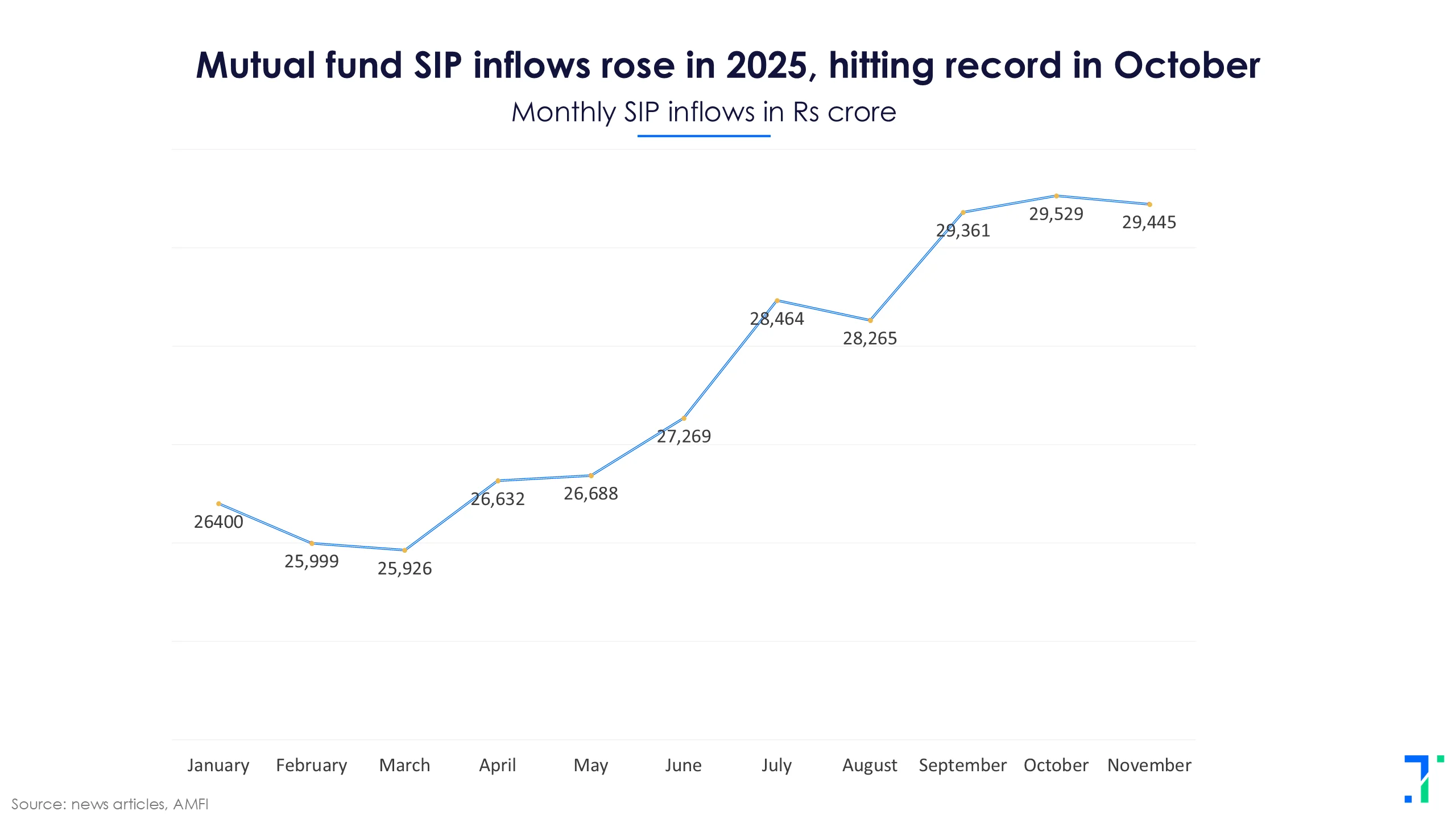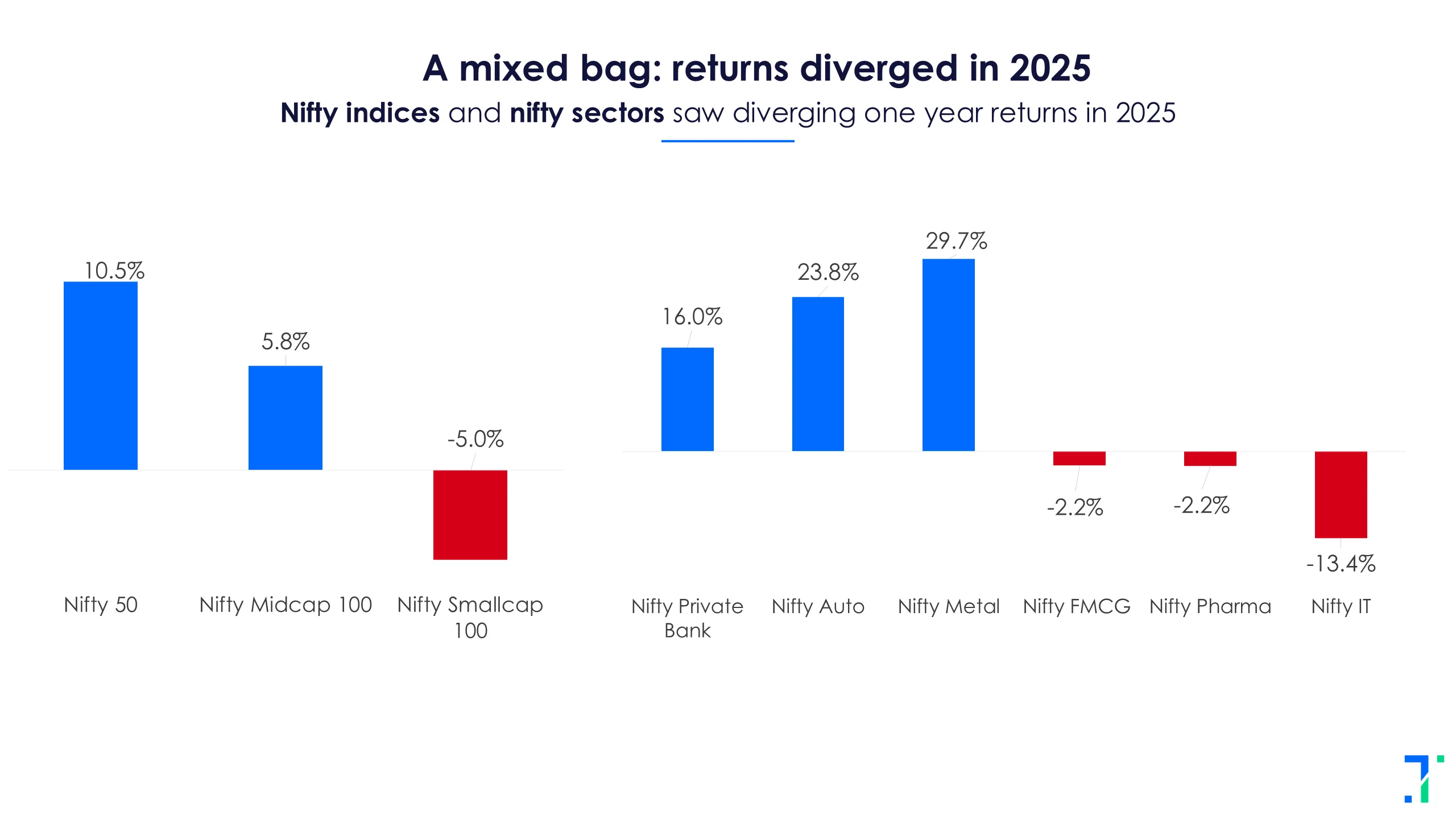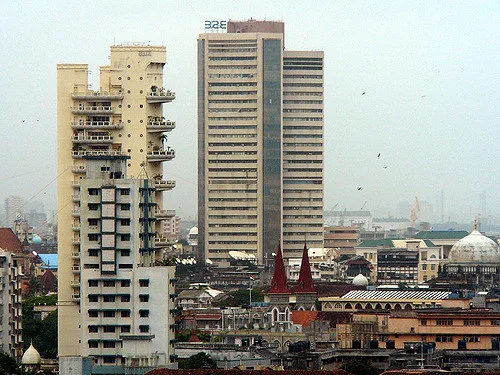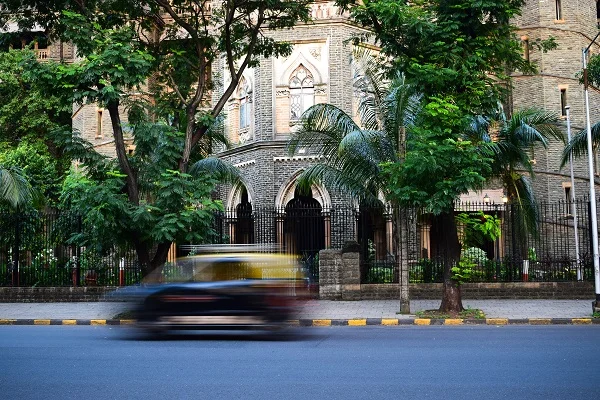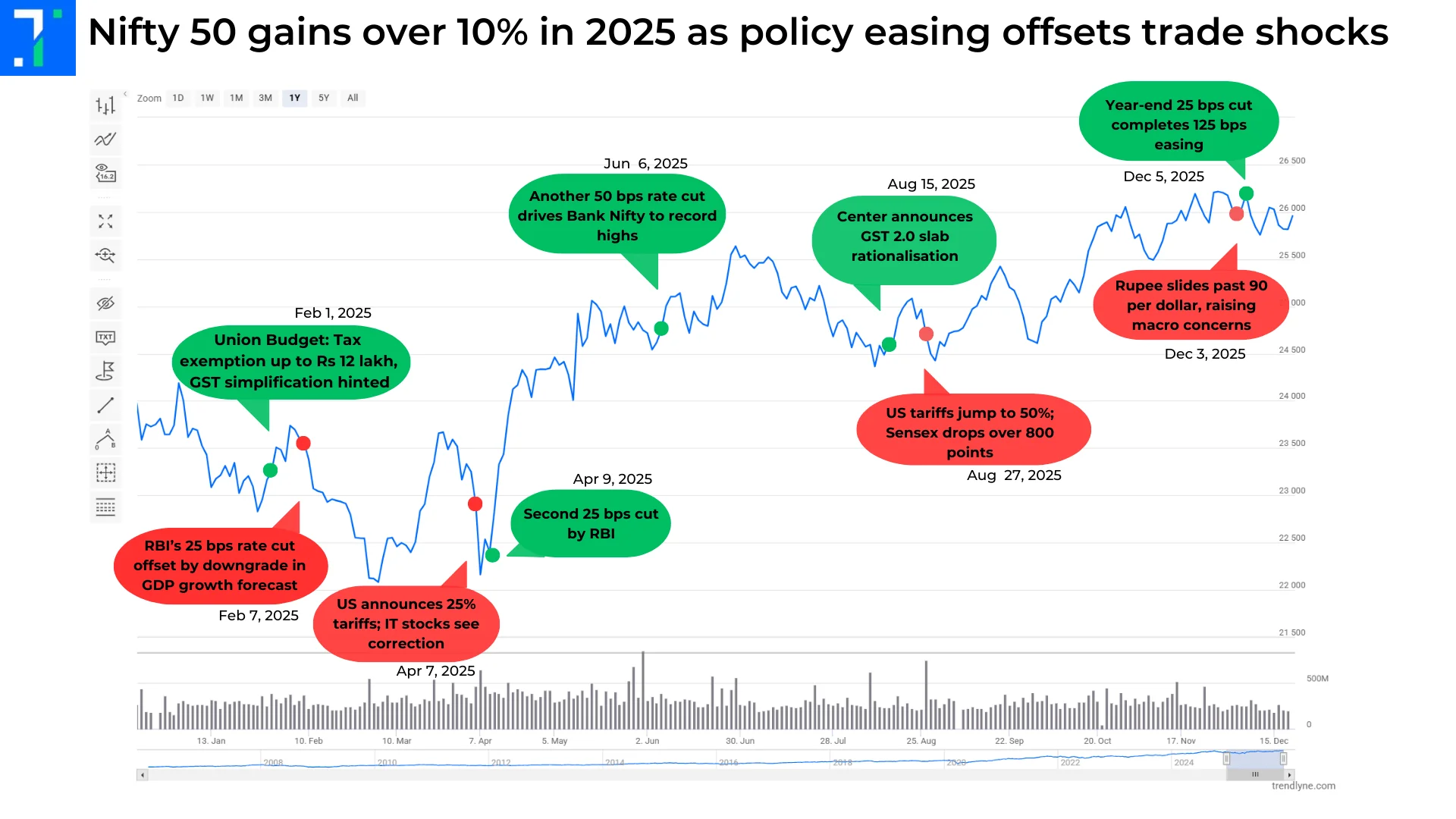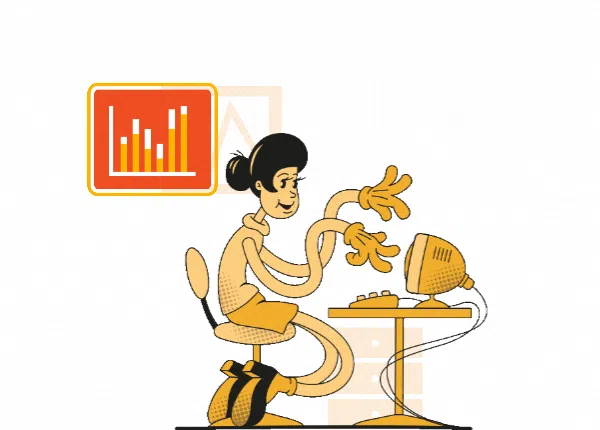
1. Dixon Technologies:
This consumer electronics maker fell 3.7% last week after CLSA cut its price target by 16% to Rs 15,800. The brokerage said the company’s near-term outlook looks uncertain due to slowing smartphone sales in India and loss of market share by its key customers. CLSA also expects Dixon’s Q3 revenue to remain flat YoY, raising the risk of a guidance cut in FY26.
The company’s share price has fallen 32% over the past year. Adding to the pressure is the government’s decision to extend IT hardware import norms until December 2026, which allows brands such as Acer, Lenovo, HP, and Asus to continue importing products and reduces the push for local manufacturing. Several other brokerages also flagged that Dixon may struggle to meet its guidance in the coming years, with import rules posing a downside risk to their estimates.
Despite near-term challenges, CLSA remains positive on Dixon’s long-term prospects. The brokerage has kept its FY28 earnings estimates unchanged, noting that a recovery is expected over time. It believes margins could improve through backward integration, especially in the smartphone segment, which remains Dixon’s key revenue driver.
The management, in contrast, appears more optimistic. Director and Group CFO Saurabh Gupta said, “Our exports stood at around Rs 1,600–1,700 crore in FY25. This year, we are looking at a figure closer to Rs 7,000–8,000 crore, and we expect strong growth in the following year as well.” He added that exports will continue to grow, both in absolute terms and as a share of revenue.
Gupta also reiterated Dixon’s revenue target of Rs 1 lakh crore by FY28. He said the company is aiming for around Rs 80,000 crore in FY27, and a growth rate of 30–35% should be enough to reach the target. The company missed its revenue estimates slightly in FY25 and FY24, by around 2%.
The stock appears undervalued based on its current and future earnings. Its current price-to-earnings (PE) ratio of 50.1 is well below its 5-year average of 146.9. Based on analyst estimates, its forward PE is 64.5, suggesting potential for further upside.
2. Hindustan Petroleum Corp (HPCL):
This oil & gas stock rose over 6% on December 31 as it reportedly partnered with VinFast’s charging arm, V-GREEN, to expand electric-vehicle charging infrastructure across India. Under the collaboration, V-GREEN will leverage HPCL’s nationwide fuel-station network to deploy EV charging points.
Falling crude oil prices added to the positive sentiment. Crude has dropped over 20% in the past year and is now trading below $60 a barrel, improving refining economics for oil marketing companies. Analysts expect it to decline further to $50 a barrel in 2026, as the oil glut worsens amid slowing global demand and rising supply.
This margin tailwind has begun to reflect in earnings. HPCL reported EPS that beat estimates by 28% in Q2, at Rs 18 per share. Forecaster expects earnings to remain strong in the December quarter, projecting a 44% YoY jump in EPS. Higher profitability is also translating into larger shareholder payouts, with dividends expected to more than double this fiscal year.
HPCL is now moving past the peak of its capital-intensive phase. Large projects such as the Visakh refinery upgradation and the Rajasthan refinery–petrochemical complex are nearing completion. As these projects ramp up, more of the company’s capital spend is expected to convert into EBITDA and cash flows. Noting the current debt of Rs 55,808 crore, Kaushal said, “Debt reduction has been a focus for the management team. We guided for a debt-equity ratio of 1.1 for FY26, and we are now confident of taking it below 1 by the end of the year.”
Motilal Oswal maintains a Buy rating on HPCL with a target price of Rs 590, implying an upside of about 18%. The brokerage prefers HPCL among oil marketing companies due to its higher exposure to the marketing segment, improving dividend outlook as capex tapers, and the expected earnings boost from commissioning of multiple mega-projects over the coming year.
3. Titan Company:
Thisgems & jewellery stock rose 3.6% last week after ICICI Directreiterated its ‘Buy’ rating with a higher target price of Rs 4,715. The brokerage expects Titan’s revenue and profit to grow at a CAGR of 18% and 23% respectively, over the next three years.
The major driver remains studded jewellery, which now accounts for around 23% of Titan’s jewellery sales. This segment is growing faster than plain gold jewellery. Rising preference for design-led and occasion-based purchases has helped Titan increase the share of studded products, strengthening growth visibility despite volatility in gold prices.
ICICI Direct highlighted Titan’s new brand, ‘beYon’, which offers lab-grown diamonds at 70–80% lower prices than natural ones. These affordable diamonds are attracting a new set of customers, while demand for natural diamonds among affluent buyers remains strong. Diamond jewellery makes up about 15% of India’s jewellery market, while lab-grown diamonds account for less than 1% of total sales. The brokerage expects Titan’s entry to help widen acceptance of lab-grown diamonds and gradually increase the share of studded jewellery.
Titan’sQ2FY26 revenue rose 21% YoY, with most of the growth coming from festive-season demand in its jewellery business. Net profit surged 59%, helped by tighter cost control. Higher sales volumes also improved operating margins, as fixed costs were spread over a larger base.Forecaster estimates revenue to rise about 33% in Q3FY26, with a net profit growth of over 58%.
CEO Ajoy Chawlasaid, “High gold prices are hurting demand at the lower end of the market, as fewer price-sensitive customers are buying. To address this, Titan is pushing gold exchange schemes and lighter, lower-carat designs.” Chawla noted that margins may vary quarter to quarter, but the focus is on EBIT growth over time. He added that future performance will partly depend on gold prices.
4. Zydus Wellness:
Thishealth and nutrition company jumped 7.2% on December 31 after Motilal Oswalinitiated a “buy” call. The brokerage expects Zydus to move from years of slow growth into a stronger phase as the recent acquisitions scale and the core business stabilises. Analysts note that the 2019 acquisition of Heinz India, which was nearly twice Zydus’ size, had previously weighed on profit growth.
Zydus owns popular brands like Sugar Free (sugar substitutes), Glucon-D (glucose powders), Everyuth (skincare), Nutralite (spreads), and Complan (nutritional beverages). But growth from these core products has been seasonal and inconsistent, holding back profits.Buying Naturell adds the RiteBite Max Protein brand to its lineup. This move gives Zydus a foothold in the fast-growing market for protein snacks. This category is less seasonal than its other products, promising more stable revenue and predictable margins.
In August, Zydus went global,buying UK-based Comfort Click for about Rs 2,800 crore. The deal opens doors to the vitamins, minerals, and supplements (VMS) market across the UK, EU, and US, unlocking a new international growth engine.
The VMS market is booming, growing 7–9% annually and is set to hit $50–60 billion by 2030, driven by greater health awareness and the adoption of preventive healthcare. Commenting on the acquisition, CFO Umesh Parikh said, “Whatever acquisition has happened over the past 2 years in the FMCG segment, the likely payback period has always exceeded 8 to 10 years. But here, we are quite optimistic.”
InQ2FY25, revenue rose 31% YoY, yet the company reported a Rs 52.8 crore loss. One-time acquisition fees and higher financing costs caused the loss. Seasonal weakness, monsoon troubles, and GST issues also squeezed margins. However,Trendlyne Forecaster expects its net profit to multiply 4.8 times in Q3.
Success still depends on solid execution. A large share of revenue comes from weather-sensitive categories, making quarterly performance vulnerable to shorter summers and uneven demand. At the same time, volatile input costs and aggressive competition in health drinks and skincare continue to cap margin recovery.
5. NTPC:
This electric utilities stock rose 9.2% over the past week after its board approved a 50:50 joint venture (JV) with EDF Power Solutions India on December 24. The JV will develop pumped storage power plants. Separately, the board also cleared the formation of a wholly owned subsidiary in Mauritius to work on power projects, including floating solar installations.
NTPC continues to scale up capacity. In H1FY26, installed capacity rose 10% YoY to 83.9 gigawatt (GW). The company is accelerating its renewable push through fresh project awards. Last week alone, NTPC placed orders worth Rs 1,704 crore for renewable energy projects, including the appointment of KPI Green Energy to set up a green hydrogen project and a waste-to-energy plant in Greater Noida.
Its renewable verticals have also stepped up ordering activity. NTPC Renewable Energy gave solar EPC orders of 400 MW to Vikran Engineering and 250 MW to Solarworld Energy Solutions. Another unit, NTPC Green Energy, awarded Bondada Engineering a contract to build and maintain a 300 MW solar project.
Outlining the long-term expansion roadmap, Director (Finance) Jaikumar Srinivasan said, “Our current capacity under construction stands at 33 GW. We have revised our capacity addition target to 149 GW from 130 GW by 2032.” He added that this expansion would require an estimated capex of about Rs 7 lakh crore over the period.
Near-term performance remains mixed, despite the aggressive capacity additions. In Q2FY26, revenue stayed flat at Rs 45,262 crore but came in marginally ahead of Forecaster estimates. Power generation was affected by subdued electricity demand due to a milder summer and extended monsoon conditions.
Analysts at Motilal Oswal are cautious of NTPC’s execution capabilities and retained a ‘Neutral’ call with a target price of Rs 370. The firm likes the company's long-term outlook but worries that project execution will fall short of investor expectations, especially at NTPC Green. They expect annual revenue growth of 7.8% and profit growth of 12.6% over FY26-28.
Trendlyne's analysts identify stocks that are seeing interesting price movements, analyst calls, or new developments. These are not buy recommendations.

